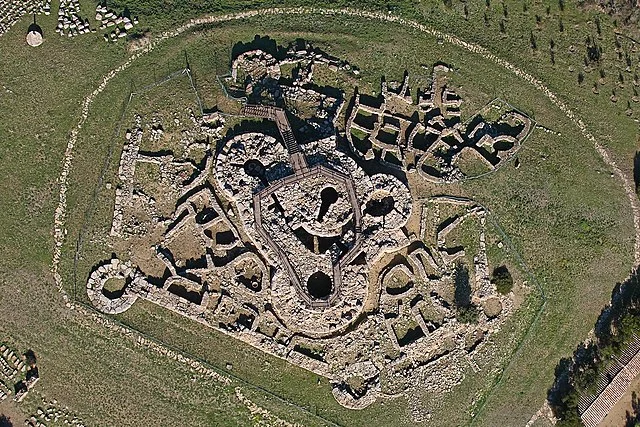Nuraghe Genna Maria is an archaeological site located in Sardinia, Italy. It is part of the Nuragic civilization, which flourished from around 1800 BC to 238 BC. This site offers insights into the unique architectural and cultural practices of the Nuragic people.
Get your dose of History via Email
Historical Context
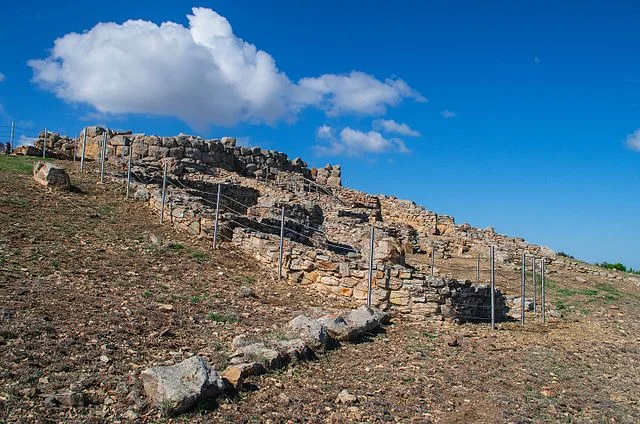
The Nuragic civilization emerged during the Bronze Age. It is known for its distinctive stone structures called nuraghi. These structures served various purposes, including defense, residence, and ritual activities. The Nuragic culture significantly influenced the history of Sardinia.
Architectural Features
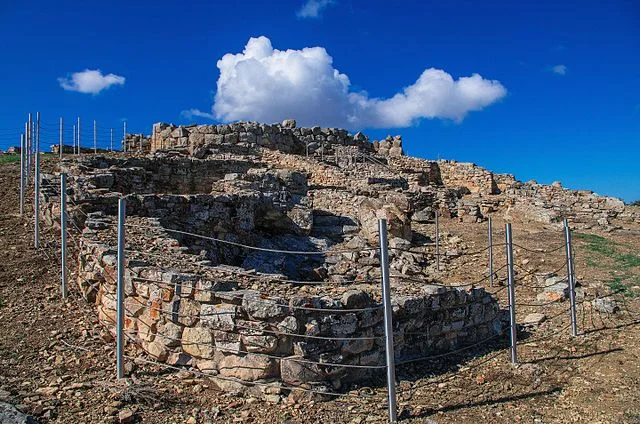
Nuraghe Genna Maria consists of a main tower, a courtyard, and several smaller structures. The main tower stands about 12 meters tall. Its walls are built from large basalt stones, which provide strength and durability. The design reflects advanced engineering techniques for the period.
Inside the tower, archaeologists have discovered various artifacts, including pottery, tools, and religious items. These findings offer valuable insights into the daily lives and beliefs of the Nuragic people.
Cultural Significance
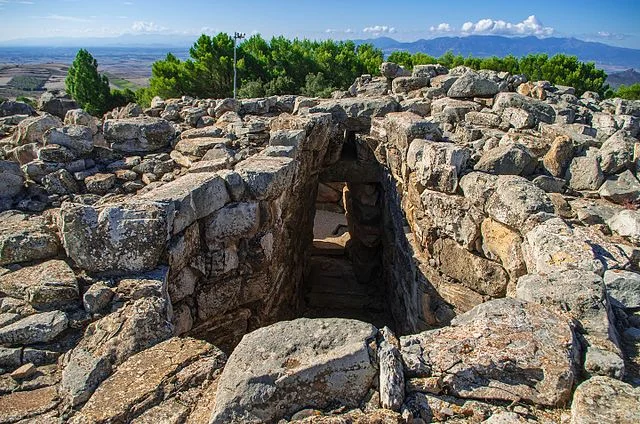
The site represents a crucial aspect of Nuragic culture. It likely functioned as a center for communal activities. Ritual practices may have taken place here, indicating the site’s importance in the spiritual life of the community.
Moreover, the location of Nuraghe Genna Maria is strategic. It provides a commanding view of the surrounding landscape, suggesting that it also served a defensive purpose. This characteristic aligns with the broader trends of Nuragic architecture.
Archaeological Excavations
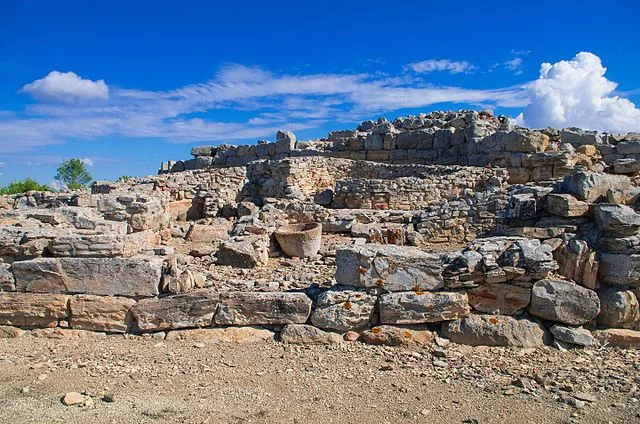
Excavations at Nuraghe Genna Maria began in the early 20th century. Archaeologists uncovered layers of occupation, revealing the site’s long history. They found evidence of habitation dating back to the Bronze Age. Continued research provides further insights into the social and economic structures of the time.
Preservation Efforts
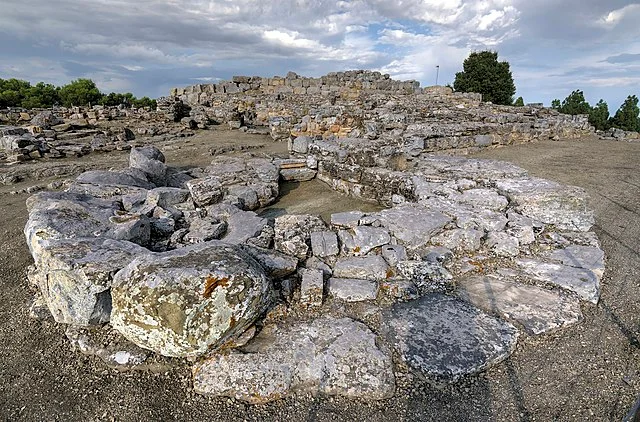
Efforts to preserve Nuraghe Genna Maria are ongoing. The site faces challenges such as erosion and environmental degradation. Local authorities and heritage organizations work to protect the ruins and promote public awareness of their historical significance.
Conclusion
Nuraghe Genna Maria serves as a vital link to understanding the Nuragic civilization. Its architectural features and cultural significance provide insights into the lives of the people who built it. Ongoing research and preservation efforts will ensure that this important site remains accessible for future generations.
Source:

